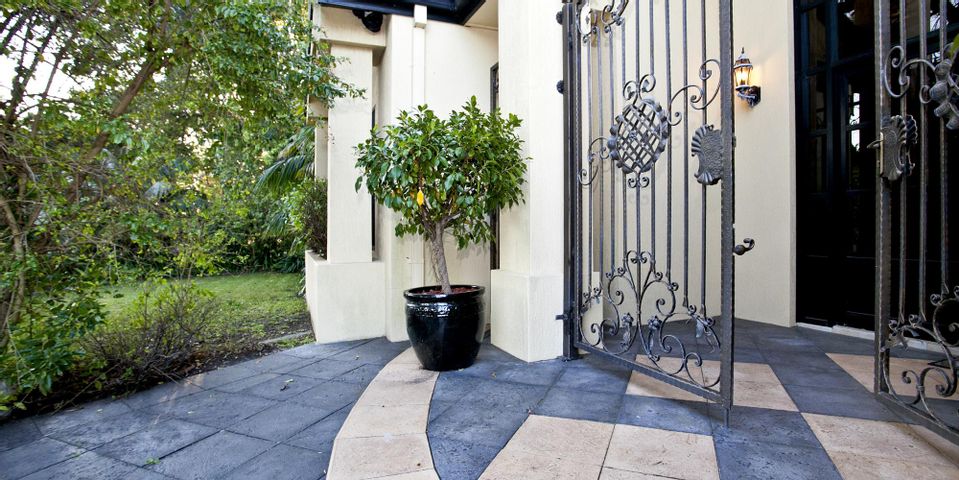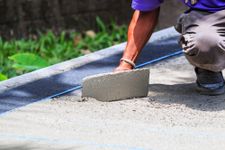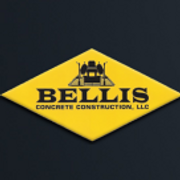5 Common Problems When Stamping Concrete

When it comes to construction projects, stamped concrete is a very popular building option, used for everything from driveways to beautiful patios. That’s because concrete is a durable, low-maintenance solution that can increase your property value, and the stamping method can create elegance in any application. As with any project, there are some ways installing stamped concrete can go wrong. Knowing how to identify common problems and solve them will ensure complete satisfaction with your next project.
Common Mistakes Made With Stamped Concrete
1. Improper Alignment
One of the benefits of stamped concrete is the beautiful aesthetic it provides, but if the alignment is off, it can ruin the intended look. Stamping concrete should be done linearly, moving from one section directly to the next. This problem typically arises when the pattern isn’t properly planned before beginning.
2. Mixing Incorrectly
To have the right texture and structural integrity, it’s important to get the correct mixture of mortar, sand, and water. When this doesn’t happen, it causes major issues once the concrete settles. To ensure the correct mixture was used, it’s important for your contractor to perform a slump test to measure the consistency before stamping.
3. Creating Slippery Surfaces
 If installed incorrectly, concrete can create a dangerously slippery surface, particularly when it gets wet. For projects involving stamping, it’s important to create a decorative pattern that provides plenty of traction while ensuring the sloping path is not too steep. Additionally, when it’s time to seal the concrete, it’s recommended to use a water-based sealer, which creates a less slippery surface than an acrylic coating.
If installed incorrectly, concrete can create a dangerously slippery surface, particularly when it gets wet. For projects involving stamping, it’s important to create a decorative pattern that provides plenty of traction while ensuring the sloping path is not too steep. Additionally, when it’s time to seal the concrete, it’s recommended to use a water-based sealer, which creates a less slippery surface than an acrylic coating.
4. Poor Use of Color
Another reason people choose stamped concrete is that it can be crafted with a variety of colors for a unique aesthetic. Some homeowners and contractors will either use a color that looks unrealistic or fail to add enough layers of color. Since any extra color can be washed off, it’s always better to use more layers than less to create the perfect illusion.
5. Over-Sealing
Sealing the stamped concrete is crucial to maintaining it over the years, but using too much actually causes problems. When a sealer is applied too often, it suffocates the concrete and leads to visual clouding, detracting from its aesthetic. It’s best to reapply the sealer every three to four years for maximum, consistent protection.
To ensure your stamped concrete is done the right way, go with the experts at Bellis Concrete Construction in Cookeville, TN. For over 20 years, this family-owned business has been laying concrete for a variety of construction processes, and their licensed and insured contractors will handle your project the right way the first time. Schedule an appointment by calling (931) 528-6240 or learn more online.
About the Business
Have a question? Ask the experts!
Send your question

